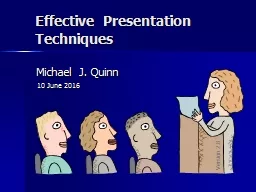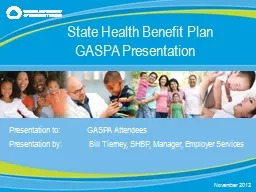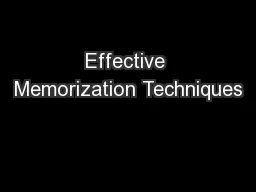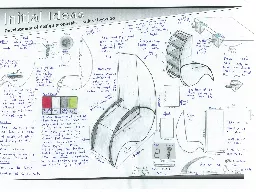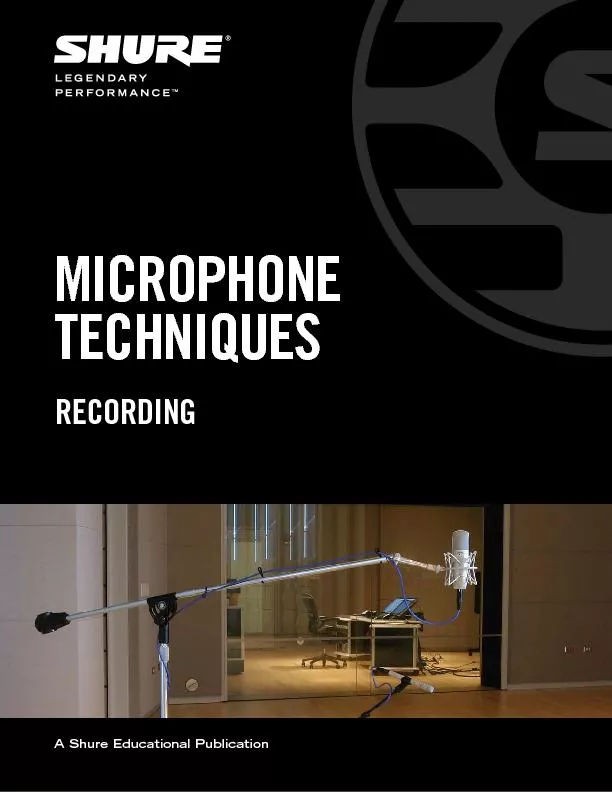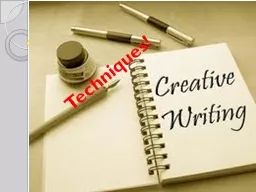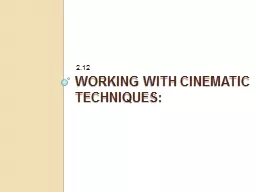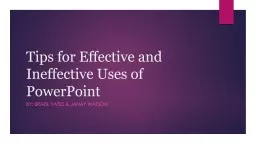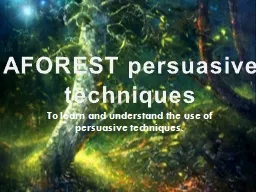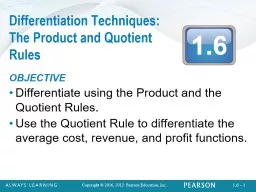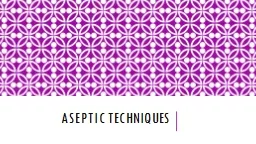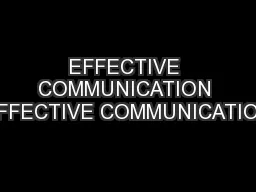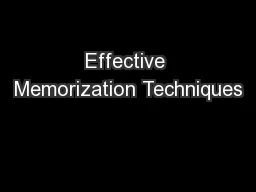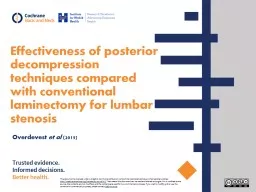PPT-Effective Presentation Techniques
Author : phoebe-click | Published Date : 2017-11-30
Michael J Quinn 10 June 2016 Version 28 Four Steps to Excellence Structuring presentation Designing slides Pausing techniques Answering questions Structuring presentation
Presentation Embed Code
Download Presentation
Download Presentation The PPT/PDF document "Effective Presentation Techniques" is the property of its rightful owner. Permission is granted to download and print the materials on this website for personal, non-commercial use only, and to display it on your personal computer provided you do not modify the materials and that you retain all copyright notices contained in the materials. By downloading content from our website, you accept the terms of this agreement.
Effective Presentation Techniques: Transcript
Download Rules Of Document
"Effective Presentation Techniques"The content belongs to its owner. You may download and print it for personal use, without modification, and keep all copyright notices. By downloading, you agree to these terms.
Related Documents

